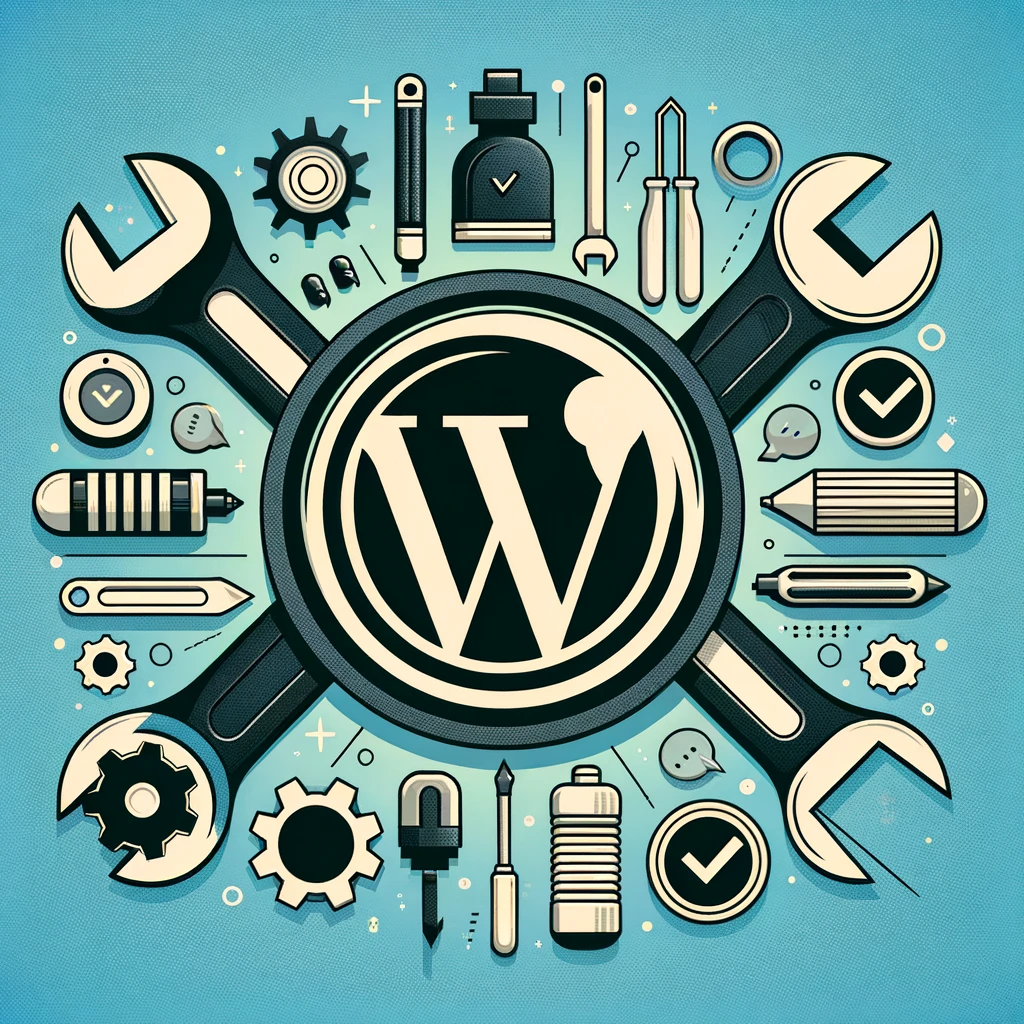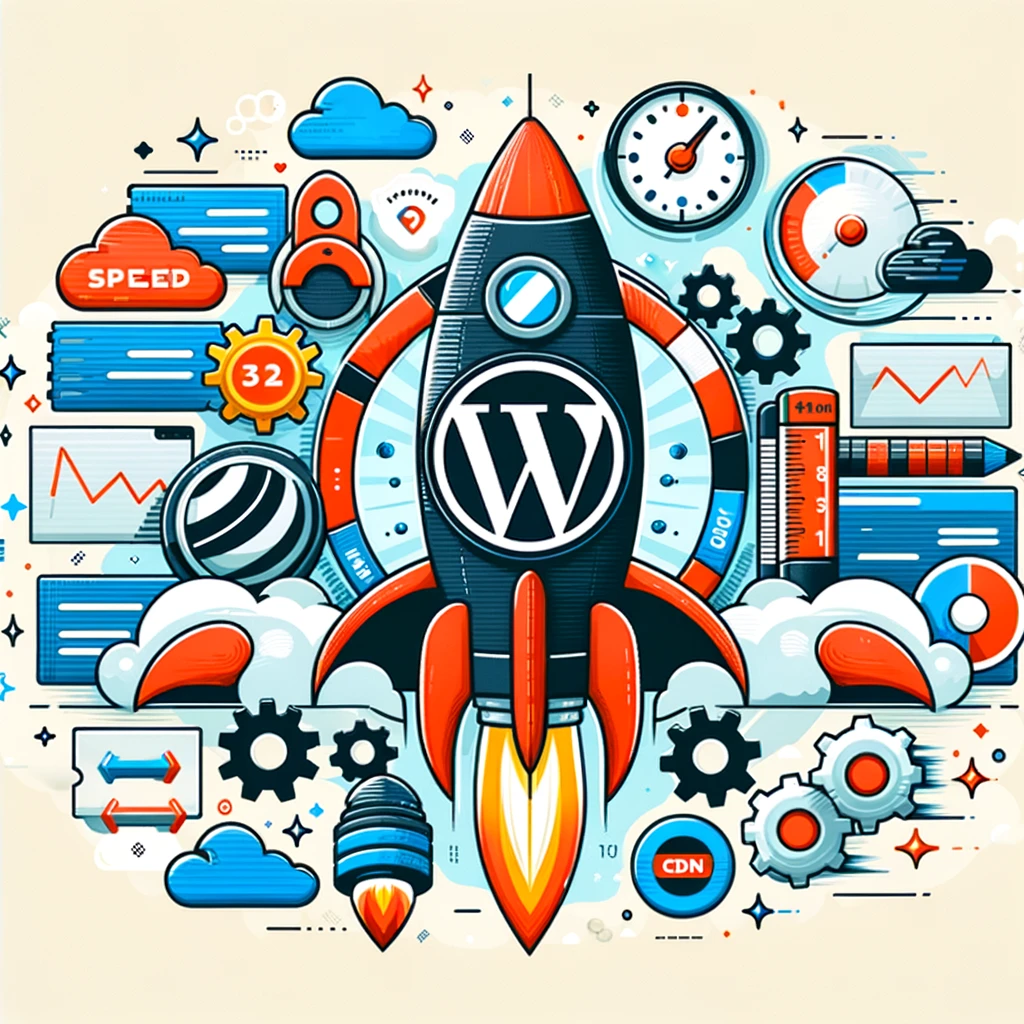WordPress continues to reign as the premier content management system (CMS), powering over 60 million websites worldwide. Its popularity, however, makes it a prime target for cyber attacks. Therefore, fortifying your WordPress site against potential threats is not just advisable; it’s essential. This guide explores contemporary strategies to enhance the security of your WordPress website without requiring you to be a cybersecurity expert.
Essential Security Measures for WordPress Sites
1. Update WordPress Regularly
Keeping WordPress updated is crucial for security. Updates often address vulnerabilities that could be exploited by hackers. Automatic updates have been a feature since WordPress 3.7, simplifying the maintenance of your site’s security. Always download updates directly from the official WordPress website to avoid compromised versions.
2. Secure Your Web Server
Vulnerabilities in your web server can put your site at risk. Ensure that you are running updated and secure server software. If you’re using shared hosting, understand the security measures your host implements to prevent attacks from affecting your site indirectly through other sites hosted on the same server.
3. Guard Against Network Vulnerabilities
Secure your network connections to prevent data interception. Use trusted networks for managing your WordPress site, especially when transmitting sensitive information. Employ firewalls and secure routers at home and avoid unsecured public Wi-Fi networks for administrative tasks.
4. Implement Strong Passwords
The importance of strong passwords cannot be overstated. Use a mix of characters, numbers, and symbols to create passwords that are difficult to guess. WordPress includes a password strength meter to guide you. For added security, enable two-factor authentication (2FA) for your login process.
5. Protect Core WordPress Files
Restrict file permissions to minimize the risk of unauthorized access. Only certain files should be writable by the web server, and it’s best to limit these permissions as much as possible. Use secure file permissions settings to protect your site’s core files and directories.
6. Ensure Plugin and Theme Security
Plugins and themes can introduce vulnerabilities. Only use reputable sources for your plugins and themes, primarily from the official WordPress repository, and keep them updated to patch any security holes. Consider security plugins and theme checkers to detect potential malware.
7. Strengthen Database Security
For sites running multiple WordPress installations on the same server, use separate databases managed by unique users. This containment strategy limits the impact of a security breach. Ensure your MySQL setup is optimized for security by disabling unnecessary features and restricting user privileges.
8. Disable File Editing via Dashboard
WordPress allows administrators to edit PHP files directly from the dashboard, a potential vulnerability. Disable this feature by adding define('DISALLOW_FILE_EDIT', true); to your wp-config.php file to remove this risk.
9. Adopt HTTPS
Implementing HTTPS across your site encrypts data transmission, safeguarding against intercepts. This is achieved by installing an SSL certificate, which is now a standard practice for enhancing website security and gaining user trust.
10. Automate Backups
Regular backups of your site’s content, images, and database ensure you can quickly recover from an attack or technical failure. Numerous WordPress backup plugins automate this process. Choose a reliable plugin and test your backup solution thoroughly to ensure it meets your needs.
Modernizing Your WordPress Security Strategy
Given the evolving nature of cyber threats, adopting a proactive stance on security is paramount for any WordPress site owner. By implementing these modern security practices, you not only protect your website but also build trust with your audience. Stay informed about new vulnerabilities and continue to refine your security measures as technology and threats evolve.











